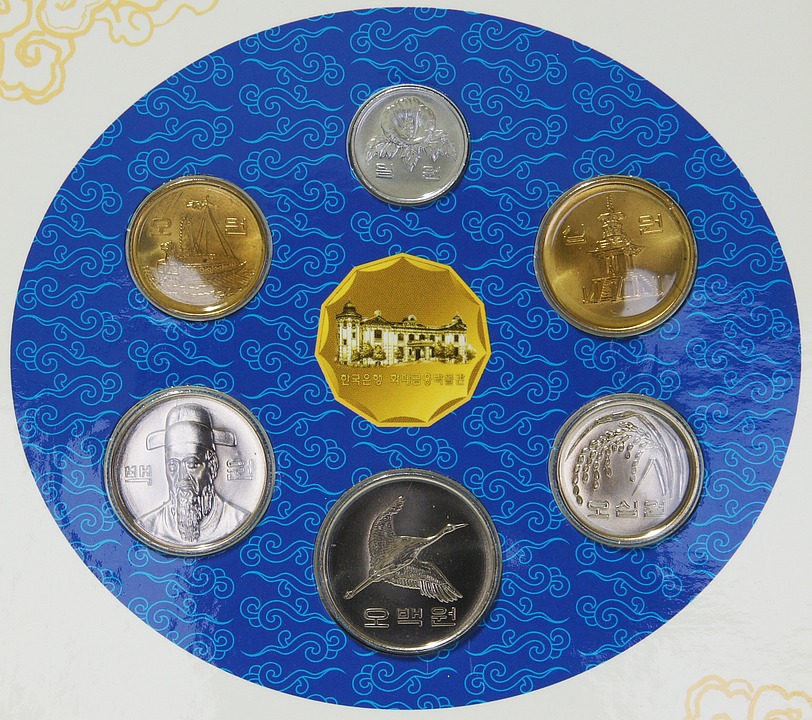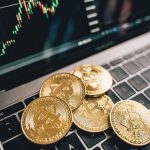The act of collecting has long been an intrinsic part of human culture, spanning across centuries and taking many forms. From rare stamps to vintage cars, collectors have always sought to acquire items that resonate with their passions and values. However, as the 21st century unfolds, a groundbreaking phenomenon—the rise of non-fungible tokens (NFTs)—is redefining traditional concepts of ownership and value in the world of collecting.
Understanding NFTs
Non-fungible tokens are unique digital assets verified on a blockchain, making them distinct from cryptocurrencies like Bitcoin or Ethereum, which are fungible and can be exchanged one for another. An NFT can represent anything from artworks and music to virtual real estate and collectibles, fundamentally altering how we conceive of ownership in an increasingly digital world.
NFTs can encapsulate not only scarcity but also provenance, giving buyers a verifiable record of authenticity and ownership history. This feature resonates with collectors who often seek both intrinsic value and the assurance that their acquisitions are genuine.
The Evolving Landscape of Collection
Democratization of Collectibles
In the past, collecting was often an exclusive domain, accessible primarily to those with substantial financial resources. The emergence of NFTs has democratized the landscape, allowing anyone with an internet connection to access and participate in the collectibles market. Platforms like OpenSea, Rarible, and Foundation permit individuals to create, buy, and sell NFTs, leveling the playing field for aspiring collectors and artists alike.
This democratization also extends to the types of collectibles available. Traditionally, certain items like rare comic books or fine art would require significant investment, while NFTs can often be created or acquired at a fraction of the cost. This shift opens doors for a broader range of collectors, merging the passion for collecting with the desire for investment.
New Forms of Expression
NFTs have given rise to innovative forms of artistic expression that were previously unimaginable. Digital art, generative art, and interactive experiences have burst onto the scene, offering artists a new canvas to explore and a platform to engage with a global audience. The sale of Beeple’s "Everydays: The First 5000 Days" for $69 million at a Christie’s auction in March 2021 served as a watershed moment, showcasing the legitimacy and potential profitability of digital art as a collectable asset.
Collectors are increasingly drawn to NFTs not just for their investment value but also for their connection to new forms of cultural expression. The ability to own a digital original or a one-of-a-kind piece is a powerful motivator for participation in this new market.
Blurring the Lines Between Digital and Physical
NFTs also challenge traditional notions of what it means to collect. They serve as a bridge between the digital and physical worlds, enabling collectors to own virtual artifacts while still maintaining ties to tangible items. Many projects, like the partnership between Nike and RTFKT Studios, allow users to buy NFT sneakers that not only exist in the digital domain but can also translate into real-world, physical items. This hybridity offers an exciting dimension to collecting, creating a potential fusion of industries and experiences.
Challenges and Considerations
As with any rapidly evolving market, the rise of NFTs in the collectible space is not without its challenges and controversies. Issues surrounding copyright infringement, environmental concerns related to blockchain technology, and the speculative nature of the NFT market raise important questions for collectors and investors alike.
Furthermore, the volatility of NFT prices creates an environment ripe for speculation, which can sometimes overshadow the intrinsic value of the collectible itself. Collectors must navigate this landscape with care, weighing personal passion against potential investment risks.
The Future of Collecting
Looking forward, the role of NFTs in the 21st century will likely continue to evolve. As technology advances and more of our lives transition online, it is plausible that new asset classes based on blockchain technology will emerge, further expanding the scope of what can be collected and valued.
NFTs could foster community-driven collecting experiences, where exclusive access to virtual events or content is granted through NFT ownership, or they could further integrate with the Metaverse—an expansive digital universe that melds virtual reality, augmented reality, and the physical world.
In conclusion, the rise of NFTs signifies a transformative moment in the realm of collecting. As these digital assets continue to disrupt traditional markets and open new avenues for creativity, the essence of collecting is being reshaped. It is an exciting time for collectors, as the boundaries of what can be owned and valued continue to expand in the digital age. The zeal for collecting persists; only the avatars that embody our passions have begun to change.






